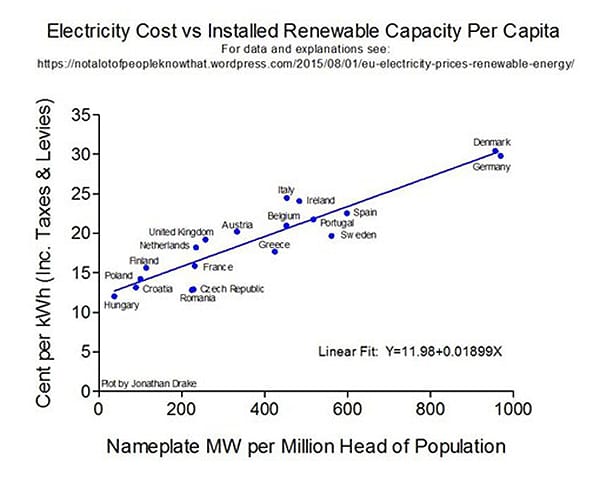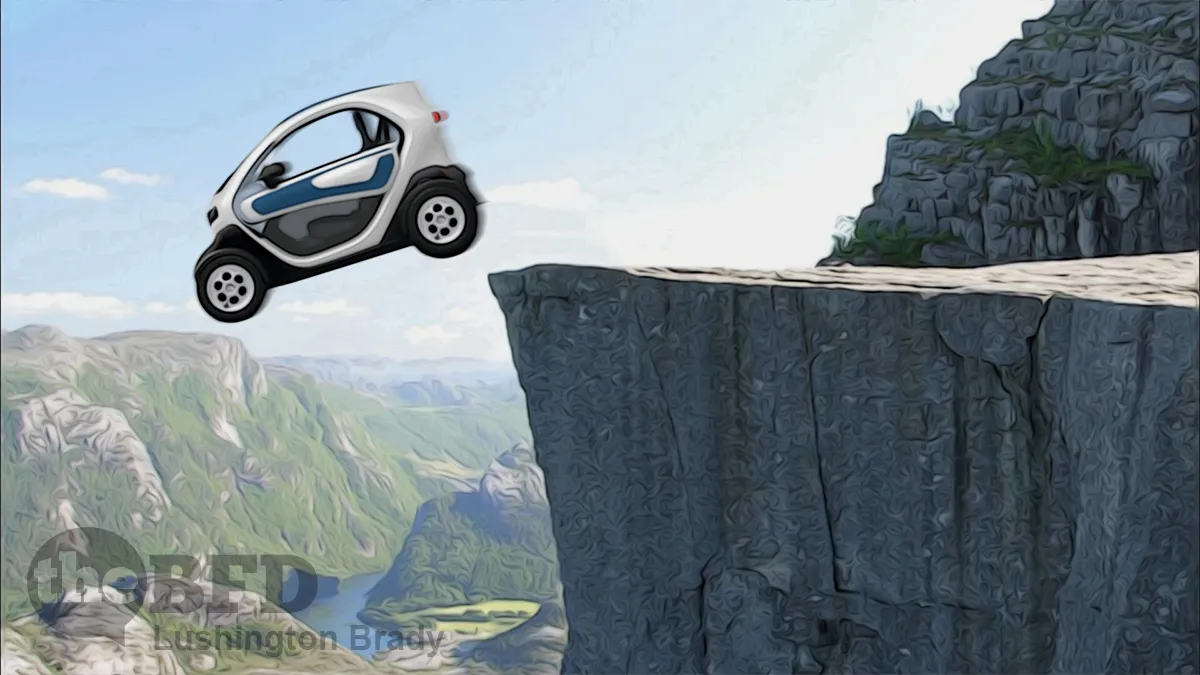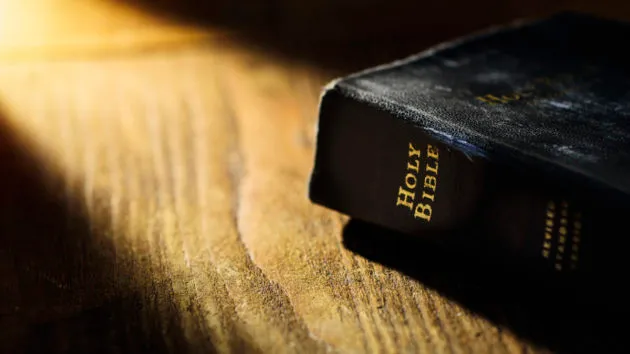Table of Contents
Imagine if you were in a vehicle careering downhill toward a cliff edge and, instead of applying the brakes or bailing out, the driver insisted on pushing harder on the accelerator. All this, after you’ve already watched a few of your mates’ cars plunge over the cliff and smash to pieces.
This is the situation Australia and New Zealand find themselves in, as our drivers — the media-political-big business class — pump down harder on the “renewables” accelerator, in their eagerness to join the wreckage of Britain and Europe at the bottom of the cliff.
No one in authority has yet had the courage and the intellectual honesty to explain the magnitude of the power transition this country is now forced by law to embark on and the dire consequences of its likely failure.
Engineers and system bosses must know but would rather not disturb the political consensus that urgent decarbonisation is needed to save the planet. And some politicians must guess but would rather not have to explain to the public that we can keep the lights on or reduce emissions at express speed but not both.
So far the only one who has come close is Alinta head Jeff Dimery, who ruffled feathers three weeks back at an energy conference by warning that power prices would rise by 35 per cent next year and explaining it would cost $8bn to replace with firmed renewables $1bn worth of his company’s fossil-fuelled power-generating capacity.
Lest this be dismissed as self-interested snake oil from “the fossil fuel industry”, note that the Albanese government’s own budget forecasts a 56% hike within two years. Despite that, and in direct contravention of its promise to cut electricity bills, the government is charging right ahead with its lunatic drive to force “renewables” into the system, as fast as possible.
This is despite the fact the universal experience of moving en masse from fossil fuels to renewable power has been much higher prices due to wind and solar’s inability to generate the 24/7 power a modern society needs.
Somewhat ironically, stating this plain fact to the very people who’ve been screaming Deniers! for the past decade, is met with a stonewall of denial. It only proves that we need more wind and solar they insist. It’s hard to imagine any further proof that we’re dealing with a cult mentality.
In Germany, real average power prices have risen by almost 50 per cent across the past decade as renewables have risen from under 20 per cent to more than 40 per cent of total domestic power generation.
It’s the same everywhere.

Consider the scale of the transition that’s required here. To meet the government’s legislated 43 per cent emissions reduction target (let alone the higher targets of most states), coal will have to drop from supplying 60 per cent-plus of our power needs to under 10 per cent within eight years. And renewables will have to rise from supplying about 30 per cent now to more than 80 per cent. Plus 28,000km of grid will have to be constructed to cope with this new decentralised power generation, to be used, on average, only 30 per cent of the time.
In practical terms that’s 28,000km of poles and wires with the trained trades to erect it, and necessary access to farming land and property across the country.
Even Energy Minister Chris Bowen, not exactly known as the sharpest tool in the shed, recently admitted that meeting the government’s goal would necessitate installing 40 large wind turbines every month and 22,000 standard solar panels every day… for the next eight years.
Then they’ll all have to be replaced every 20 years.
Hands up who thinks this is even remotely possible?
In Victoria, new wind farms can take up to 51 months to be approved. The cost of the 360km HumeLink power line to connect Snowy 2.0 to the NSW grid had reportedly blown out by mid-last year from the original estimate of $1.35bn to $3.32bn.
Even before it’s started construction, HumeLink is costing roughly $10m/km. Do the maths for the extra 28,000km for new transmission.
That’s $280 billion, just for new transmission lines.
Then there’s how to keep the power on when the wind isn’t blowing and the sun isn’t shining which, as Europe has found, can happen for weeks at a time.
The Australian
Even without electric cars, Australia’s peak daily power needs are about 28,000MW. Even the biggest storage project on the board, Snowy 2.0 could store just 285MW per day. Victoria’s proposed “big battery” will supply just one-third of Victoria’s household energy use (forget about industry) for just 30 minutes.
Labor and the Climate Cult can keep lying to our faces that everything will be just fine, pay no attention to the cliff edge hurtling towards us — but sooner or later, hard reality is going to smash us all in the face.









